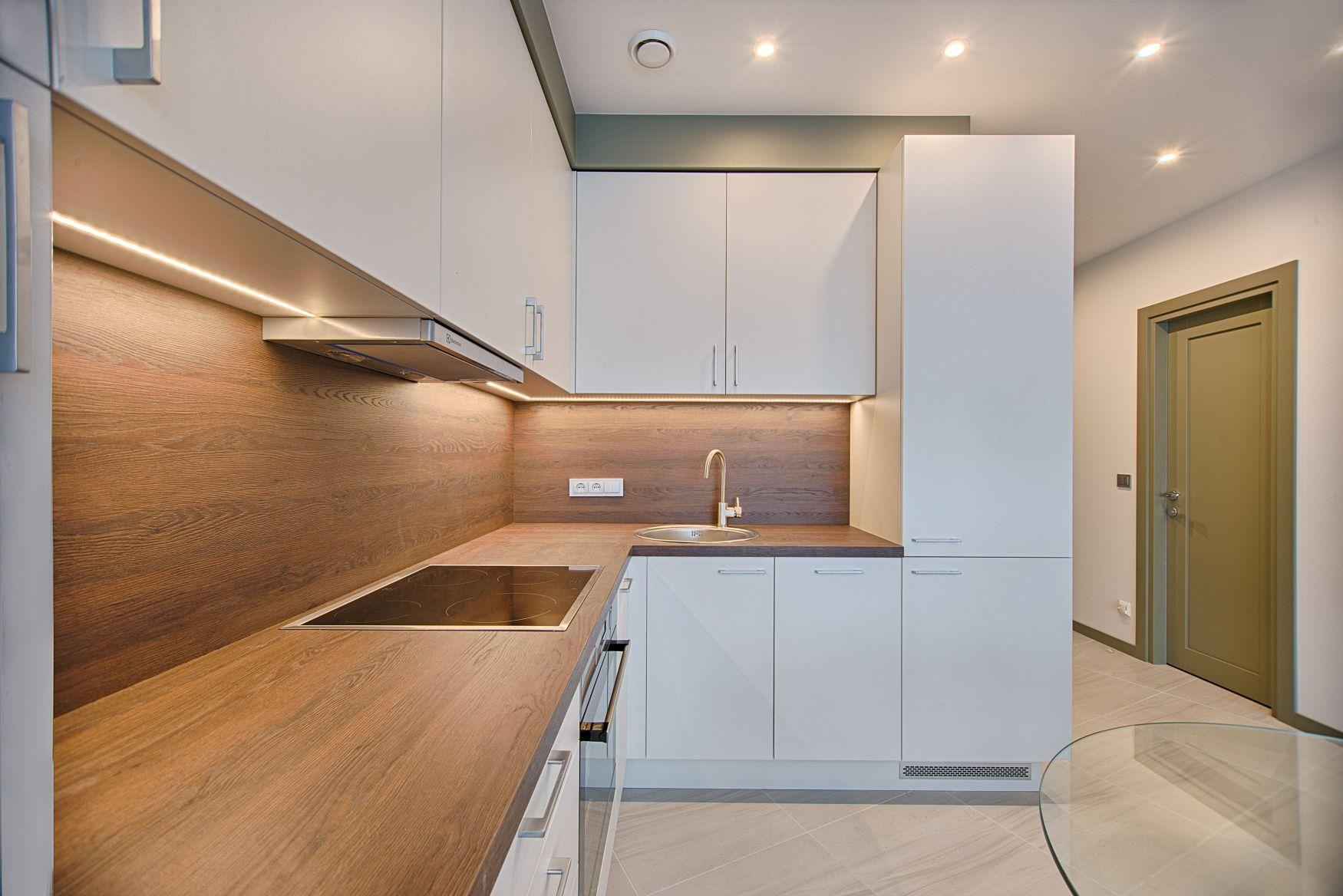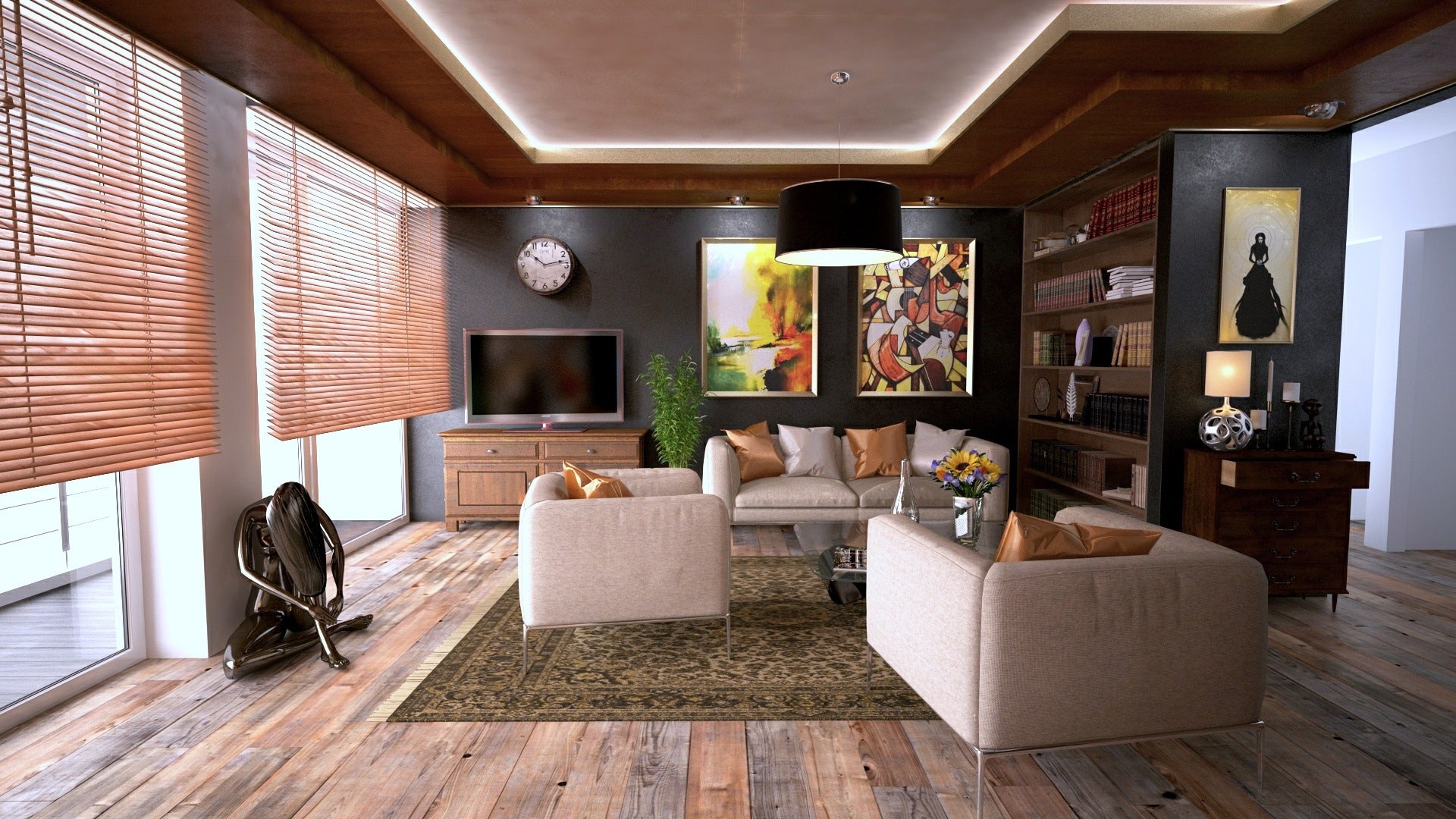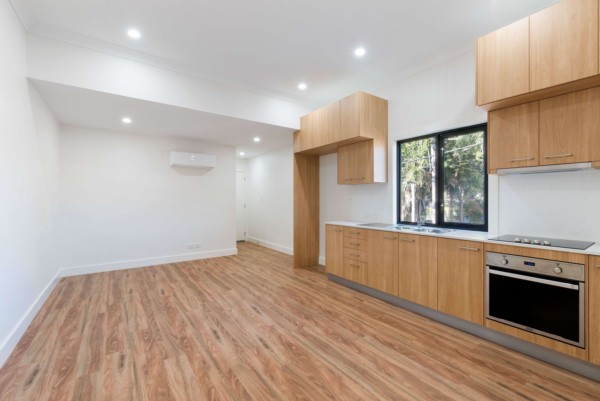The last 15 years have seen the biggest advancements in lighting since Thomas Edison brought his incandescent bulb to the market. Lightbulbs are now smart enough to listen to our voices and promote a better night’s sleep. Perhaps the most helpful advancement in lighting is the improved quality of LEDs. Today’s high-quality LEDs deliver impressive energy savings — near 90% — compared with incandescent bulbs, but that’s just the tip of the iceberg.
LEDs are also driving a lighting revolution with smaller sizes, improved brightness and wide-ranging colors. Each of these advancements creates opportunities to illuminate your house in great new ways, making this a perfect time to rethink your home’s lighting.

1. Smaller Size
LEDs can be as small as the head of a pin, and this allows us to light our homes more discreetly and with more precision than ever. LED strips can be hidden inside cabinets, drawers, closet rods, shelves and just about any place you can imagine. We can place light where it is needed instead of attempting to fill a room with a broad wash of light that often causes glare.

The small size of today’s LEDs also makes adding cove lighting to homes easier than ever. A few strips of LED lights tucked into a ceiling cove can make a classic ceiling feature even more dramatic.
Smaller recessed downlights are another result. It is now possible to get everything you need from a series of 1- or 2-inch downlights instead of the 6- or 8-inch cans of decades past. Many homeowners love the less cluttered ceiling that results.

2. Brighter Light
While LEDs have become smaller in size, they have grown in brightness. The combination of small size and high brightness allows them to deliver functional light in new ways.
Brighter LEDs allow us to provide all the light we need on countertops when placed discretely underneath upper cabinets. This can reduce shadows on the counter to almost nothing — a much better and safer approach.
Most LED bulbs available to the consumer are labeled with an equivalent incandescent bulb wattage, such as “60-watt equivalent.” This can be quite helpful, as you simply need a higher or lower number for the wattage equivalent if you want more or less light. As a basic guide, an LED bulb equivalent to 60 watts should produce about 800 lumens, a technical measurement of the amount of light leaving a bulb.

3. Wider Range of Colors
With a simple push of a button, LEDs can be mixed together to change into nearly any color imaginable. Red, green, blue and white LEDs combine to create a rainbow of colors that can set the perfect scene for a romantic dinner and then change into your favorite team’s colors for watching the big game.
While colored LED lights might seem like a novelty, selecting the right color “temperature” can make a dramatic difference for everyday lighting. A bulb’s lighting facts will use the term “color appearance,” which is another term for “color temperature.” This helpful metric is measured in degrees Kelvin, with lower color temperatures being warmer, or amber, and higher color temperatures being cooler, or blue.
Article from: Houzz

